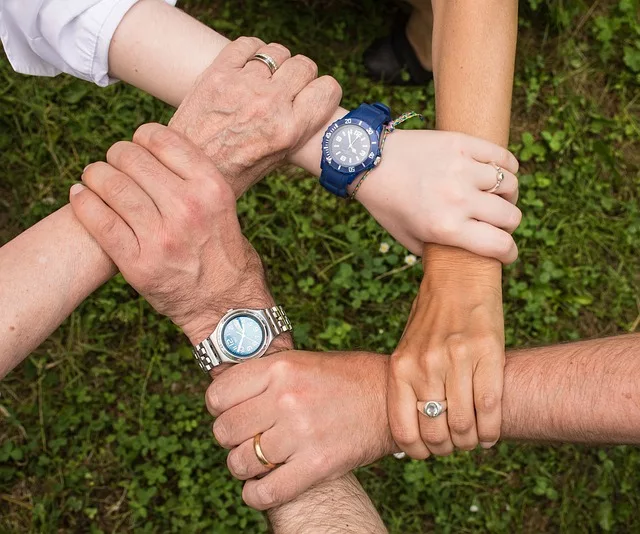After more than a decade of historically low rates of sexually transmitted diseases (STDs), the Centers for Disease Control and Prevention (CDC) is sounding a troubling alarm. The agency says 2.4 million cases of gonorrhea, syphilis and chlamydia, the largest recorded number in a single year, were reported in 2018.
Experts cite a number of different reasons in the October report, such as the rise in online dating and the prevalence of “hookup apps,” but at least one CDC researcher wrote a paper on the link between drug use and increased STDs in February 2019.
“…a substantial percentage of heterosexual syphilis transmission is occurring among persons who use methamphetamine, inject drugs or have sex with persons who inject drugs, or who use heroin, and that heterosexual syphilis and drug use are intersecting epidemics,” Dr. Sarah Kidd wrote in the CDC’s Morbidity and Mortality Weekly Report.

Recent Statistics For Sexually Transmitted Diseases
From 2013 to 2017, the rate of syphilis cases nationwide spiked by 73 percent. California, Nevada and Louisiana reported the highest rates of the STD.
The CDC’s Sexually Transmitted Disease Surveillance Report, published in October 2019, cites additional data for 2018 that includes some of the following:
- The total number of reported cases of syphilis in 2018 was 115,000 – an increase of 14 percent
- Cases of chlamydia increased by 3 percent, totaling 1.7 million diagnoses
- Reported cases of gonorrhea were the highest the CDC has recorded since 1991, growing by 5 percent for a total 580,000 incidents of the disease
Reasons for the Increase in Sexually Transmitted Infections (STIs)
Aside from high-risk sexual behavior related to drug use, the CDC mentions a number of other possible causes for the spread of STDs.
These include cuts to public programs that tested people for the diseases, the rise of dating apps like Tinder and Grindr that make sexual hook-ups more accessible than before, and more condomless sex among gay men as a result of prophylactic drugs that can prevent HIV, but not other sexually transmitted infections.
Online dating and dating apps have become so ubiquitous, they have become common plot lines in film and television shows. Two new fall TV shows, “Bob Hearts Abishola” and “The Unicorn” have focused on behavior associated with dating apps and ironically the characters are middle age.
The use of these apps and dating platforms is even higher for millennials who are less guarded and much more promiscuous.
STDs are easily treated with prescription antibiotics if diagnosed early, but left untreated they can cause infertility and, eventually, lead to life-threating health problems. For anyone that requires the use of medication for treating STDs, it’s important to know which antibiotics should not be mixed with alcohol.
One of the big disconnects, say some health care professionals, is the lack of STD testing for patients entering publicly or privately funded inpatient addiction treatment centers.
Plenty of evidence has shown that people struggling with substance abuse or addiction are more likely to engage in unsafe sexual behavior.
“The [sexually transmitted infection] people are hyperfocused on Sexually Transmitted Infections (STIs), and the substance-abuse people are focused on substance abuse,” Long Beach, California, Health Officer, Anissa Davis, told the Washington Post. She added that it’s a missed chance if people seeking addiction treatment aren’t tested for STDs.
Preventing Sexually Transmitted Diseases
Avoiding unprotected sex, especially while under the influence of drugs and alcohol or, at minimum, practicing safe sex, is effective in preventing the spread or contraction of STDs.
It’s also important to say there is no shame in seeking help for a suspected STD or the disease of addiction. Both can be successfully treated and people can go on to live healthy, productive lives.
For more information on the prevention of sexually transmitted diseases, the CDC provides educational resources for individuals, with facts about STDs and prevention techniques.
They also offer additional prevention program tools with materials from partners including links to information for organizations interested in implementing programs throughout their corporate culture.
Related:
GHB Addiction – A Club Drug of Abuse
6 Tips for Overcoming the Guilt and Shame of Addiction
Dry Drunk Syndrome : Sobriety Without the Relief of Recovery





